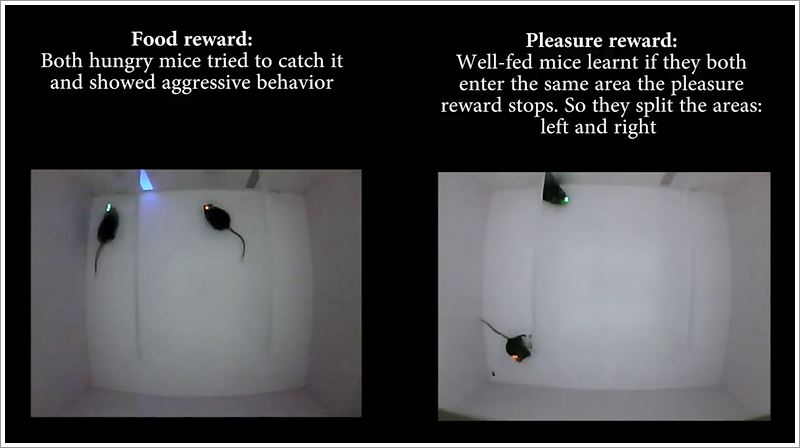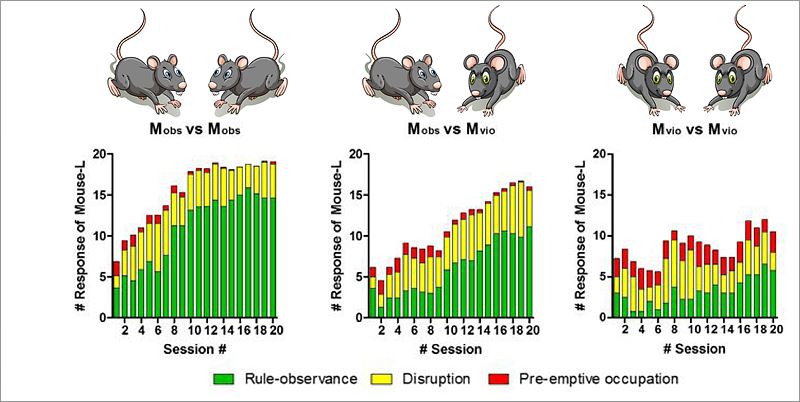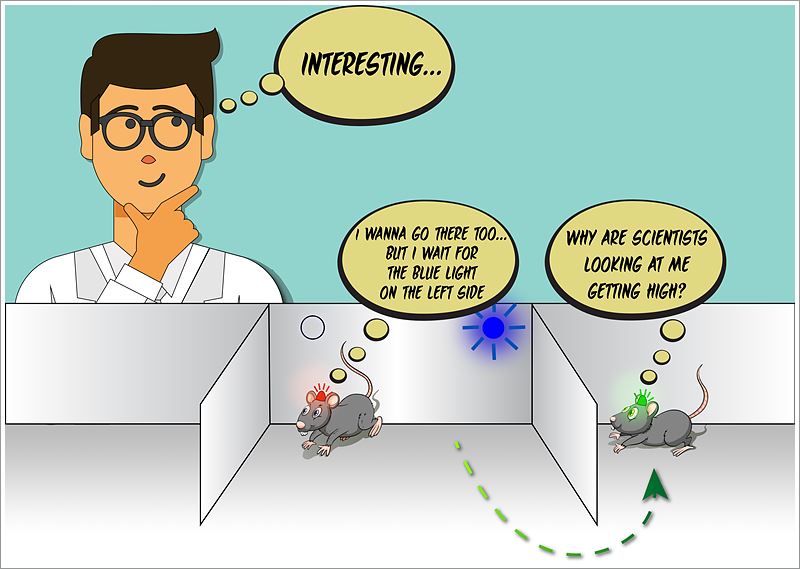주메뉴
- About IBS 연구원소개
-
Research Centers
연구단소개
- Research Outcomes
- Mathematics
- Physics
- Center for Underground Physics
- Center for Theoretical Physics of the Universe (Particle Theory and Cosmology Group)
- Center for Theoretical Physics of the Universe (Cosmology, Gravity and Astroparticle Physics Group)
- Dark Matter Axion Group
- Center for Artificial Low Dimensional Electronic Systems
- Center for Theoretical Physics of Complex Systems
- Center for Quantum Nanoscience
- Center for Exotic Nuclear Studies
- Center for Van der Waals Quantum Solids
- Center for Relativistic Laser Science
- Chemistry
- Life Sciences
- Earth Science
- Interdisciplinary
- Center for Neuroscience Imaging Research (Neuro Technology Group)
- Center for Neuroscience Imaging Research (Cognitive and Computational Neuroscience Group)
- Center for Algorithmic and Robotized Synthesis
- Center for Nanomedicine
- Center for Biomolecular and Cellular Structure
- Center for 2D Quantum Heterostructures
- Institutes
- Korea Virus Research Institute
- News Center 뉴스 센터
- Career 인재초빙
- Living in Korea IBS School-UST
- IBS School 윤리경영


주메뉴
- About IBS
-
Research Centers
- Research Outcomes
- Mathematics
- Physics
- Center for Underground Physics
- Center for Theoretical Physics of the Universe (Particle Theory and Cosmology Group)
- Center for Theoretical Physics of the Universe (Cosmology, Gravity and Astroparticle Physics Group)
- Dark Matter Axion Group
- Center for Artificial Low Dimensional Electronic Systems
- Center for Theoretical Physics of Complex Systems
- Center for Quantum Nanoscience
- Center for Exotic Nuclear Studies
- Center for Van der Waals Quantum Solids
- Center for Relativistic Laser Science
- Chemistry
- Life Sciences
- Earth Science
- Interdisciplinary
- Center for Neuroscience Imaging Research (Neuro Technology Group)
- Center for Neuroscience Imaging Research (Cognitive and Computational Neuroscience Group)
- Center for Algorithmic and Robotized Synthesis
- Center for Nanomedicine
- Center for Biomolecular and Cellular Structure
- Center for 2D Quantum Heterostructures
- Institutes
- Korea Virus Research Institute
- News Center
- Career
- Living in Korea
- IBS School
News Center
| Title | Mice Prefer Rules over Fights | ||
|---|---|---|---|
| Embargo date | 2017-11-08 01:00 | Hits | 3074 |
| Research Center |
Center for Cognition and Sociality |
||
| Press release | |||
| att. | |||
Mice Prefer Rules over Fights- Mice resolve conflicts by observing ‘social rules’ Humans have learnt to live together by solving most conflicts with compromises and rules, rather than aggression, but how did this evolve in the first place? And, is it true for animals as well? Can animals learn to set up new social rules? A new study from the Center for Cognition and Sociality, within the Institute for Basic Science (IBS), showed that laboratory mice establish rules that provide equal long-term rewards, even if this requires a certain degree of tolerance and patience. Published in Nature Communications, this study can tell us something on how animals and humans value costs and benefits in social interactions. Competition is risky, stressful, and costly in terms of both time and energy. First-come, first-served and territory ownership are examples of rules adopted by humans to avoid aggression and increase mutual benefit. Some animal species, like butterflies, damselflies, and social spiders follow them too. For example, when an animal finds itself in an area belonging to someone else, it retreats and looks for another unoccupied place. But what about mammals, like rodents? Do they have the capability of learning these types of rules? Rodents are driven by impulses, especially when hungry: they prefer eating immediately a small amount of food, rather than waiting for a larger portion later. Food is a matter of survival after all. However, what happens to well-fed mice when the reward is not a visible tasty gift, but an immaterial sense of pleasure? In that case, can they learn to adopt new social rules? IBS scientists could clarify this question by using a headset that delivers a wireless electrical brain stimulation (WBS) in a reward circuitry of the brain, called the medial forebrain bundle. The mice feel it as a non-addictive (but irresistible) sense of pleasure, that was previously shown to be preferred over mating. The same brain reward pathway makes humans happy when we eat or spend time with good company. The intra-cranial brain stimulation of the medial forebrain bundle is in fact used as a treatment method in patients with serious depression. For the experiment, mice were trained in a specially designed box with a central area (start zone), and left and right spaces (reward zones). Mice learnt to initiate the round by entering the start zone, and then follow a blue light, which indicates where a five second WBS pleasure sensation is randomly allocated to the left or right reward zone. Then, the scientists placed two trained mice in the same box, in a winner-take-all situation. In this case, mice have to learn that each round starts when both enter the start zone together. And only later the light is turned on to the left or right. Moreover, the mice need to understand that only the first mouse which enters the correct reward zone receives the pleasure sensation, but as soon as the second mouse enters the same space, the pleasure stimulus is cut off. The research team observed that mice develop a ‘social rule’ (reward zone allocation) by splitting the territory: one mouse gets the pleasure dose available in the left zone, and the other mouse in the right zone. Among all tested mice 60% (23 out of 38 mice) waited for their turn. Mice that respect this rule had also more rounds during the experiment, and thus more reward time in total. These mice reached a win-win situation that brings long-term rewards for both mice. “Violating the rule is not a problem in the short term, but it is not sustainable in the long-term,” clarifies SHIN Hee-Sup, the leading author of the study. “Mice that respect the social rule learn how to play to their mutual advantage.” The temptation is still there though: “From time to time, even the most respectful mice’s pair after waiting some seconds - not to disrupt the other mouse during the ‘pleasure dose’ - try their luck by going to the opponent’s territory,” he admits. “Then, they even go to their own side, sometimes, just to see if they get some sort of pleasure reward, perhaps by chance.”
“Beyond this, another rule is tolerance. If a mouse violates the rule, the other mouse has the choice of retaliate immediately, or tolerate and keep on observing the rule. Tit for tat brings a disruption of the system, while tolerance to partner’s mistakes allows the system to continue, and as a result both mice receive a long-term benefit,” explains the professor. “This is called Bourgeois strategy in psychology. It limits aggression and is better for the long-term.” Food reward for hungry mice was also tested for comparison. In this case, mice are more impulsive and more aggressive, even after the end of the experiment. Mice generally establish hierarchy, and aggression was observed in 57% of the sessions. On the contrary, aggression happened in only 8% of the WBS experiment.
Rule observance increased over time during the test, independently from mice’s body weight, or learning ability. The scientists also excluded habituation, that is the preference for one direction over the other, by swapping the mice couples and putting together mice that previously went to the same side of the box. After the initial disorientation, they quickly fix their territory again: one gets the reward on the left, the other on the right. In technical terms, this phenomenon is referred to as “rapid rule transfer,” by adapting to a new situation while keeping the same social rule valid. Next, the IBS research team is curious to know if familiarity between the mice affects their rule-observance behavior: is it different if they are completely strangers, if they are siblings, or if they mated before the experiment? And maybe even more interestingly, are they going to be so tolerant and patient when they are tricked to believe that the light will turn on randomly 50% of the times in each territory, but it is actually asymmetric (say, 90% on the left and 10% on the right)? The scientist concludes with a reflective note about contemporary issues: “Actually, these results make me ponder human society. Groups, like families, are stronger when they cooperate for a long-term future vision, rather than relying on conflict. The same holds true for nations, and up to international relations, which seems often jeopardized these days in many parts of the world, including the Korean peninsula.” Letizia Diamante Notes for editors - References - Media Contact - About the Institute for Basic Science (IBS) |
|||
|
|
|||
| Next | |
|---|---|
| before |
- Content Manager
- Communications Team : Kwon Ye Seul 042-878-8237
- Last Update 2023-11-28 14:20














